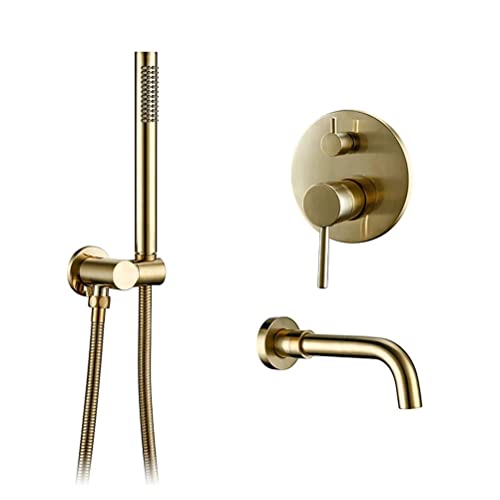Geo said:
jeneje said:
Geo said:
I have been trying to figure out a more simple path to selectively precipitate the Pd first leaving the silver nitrate intact.
Geo, not sure here, but want Ammonium Chloride drop the Pd leaving the Ag as AgCl in solution? It may however, create an explosive mixture not sure. Just a though.
edited: just as an after though, it may precipitate out the Ag as AgCl leaving the Pd.
Ken
Yea, it would precipitate silver chloride. If the palladium(II) acetate can be converted to metal directly by heating in organic solvent, that would actually eliminate a couple of extra steps. Organic solvent can be any organic aromatic, even gasoline. I will have to try a couple of small experiments at a safe distance to see how everything will react. If silver acetate precipitates, it will end the experiment. Excluding the explosiveness of any byproduct, it will be much safer than dealing with trying to convert Pd salts using other methods.
Ok. Maybe third time post in this topic is the charm. First one got goofed up by the forum software. Second one I decided to delete.
I'm trying to say this nicely Geo. Tonight was the night that I really truly wanted to quit posting here, and this post you made was why. I'm sorry I didn't communicate better up thread. I'll go fix it. That's on me. It's also on me (and the other mods) for letting this conversation get far enough to have you making such bold claims as you made above. I know you don't care for me or what I have to say, but I don't care for what you had to say above--not one bit-- and I can promise you that this is your first and last warning so long as I have anything to do with this forum. DO NOT CLAIM THAT SOME METHOD IS SAFE or that it WILL BE.
The idea of precipitating palladium acetate from a silver/palladium nitrate solution isn't a grand one. It just isn't going to work acceptably. Or cheaply.
Most importantly: GASOLINE IS NOT THE ANSWER and is taking an unnecessary risk. Heating palladium acetate by itself will decompose it (to black hard to filter tar unless it's really cooked long past the vinegar smell). Doing so will also decompose silver acetate at the same time too-- they decompose completely at about the same temperature.
Anyway, if a sane person wants to separate the two, there are many methods for doing so if that person's willing to take the time to find out how much Ag and Pd he has in the first place!!
The easiest way is separating the silver chloride out, washing it well in the filter with dilute acid to remove the palladium salt still absorbed (the filtrate coming out is colorless, that means no more Pd stuck in the silver). At that point the silver chloride is easily converted to metallic silver by stirring/tumbling with iron pieces and dilute sulfuric acid (like 5-10 percent, little less than what's in a car battery). That makes silver metal powder. That silver powder needs filtered, iron removed with a magnet wrapped in saran wrap, and rinsed free of iron sulfate with hot water. Then it should get washed with borax and soda ash solution and melted. Works 100 percent of the time and with virtually 100 percent yield.
The left over de-silvered palladium nitrate solution might have some excess HCl. If it's just palladium in the solution and not much in the way of base metals, then one can precipitate the Pd as its hydroxide at a pH of 7.5. Best to add base to pH 1 in big dollops to get the heat of neutralization. Then slowly add base until the appropriate pH is reached, while boiling. That gives hydrated palladium oxide/hydroxide.
Another nice option that doesn't involve killing yourself with heating gasoline is to use the formate method that 4metals discusses. Guess what comes out with formate before the silver? That's right. Palladium. Might have a wee bit of silver contamination, especially if the relative amounts of each aren't known.
Another option is to adjust the pH up somewhat again (this time to pH=1) and use copper to cement the palladium out selectively.
The fourth option I'll put up above in my very poorly explained post above.





























































